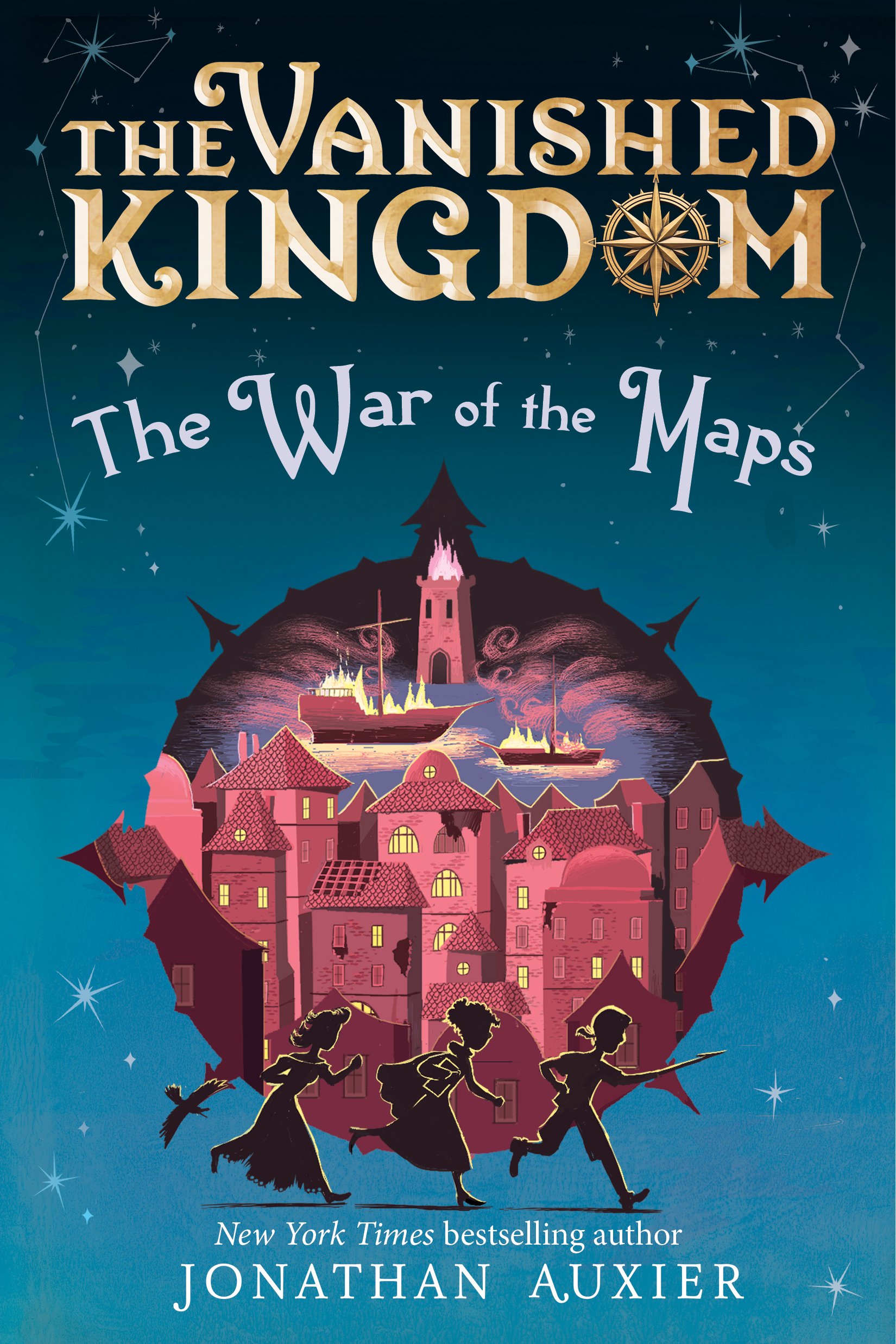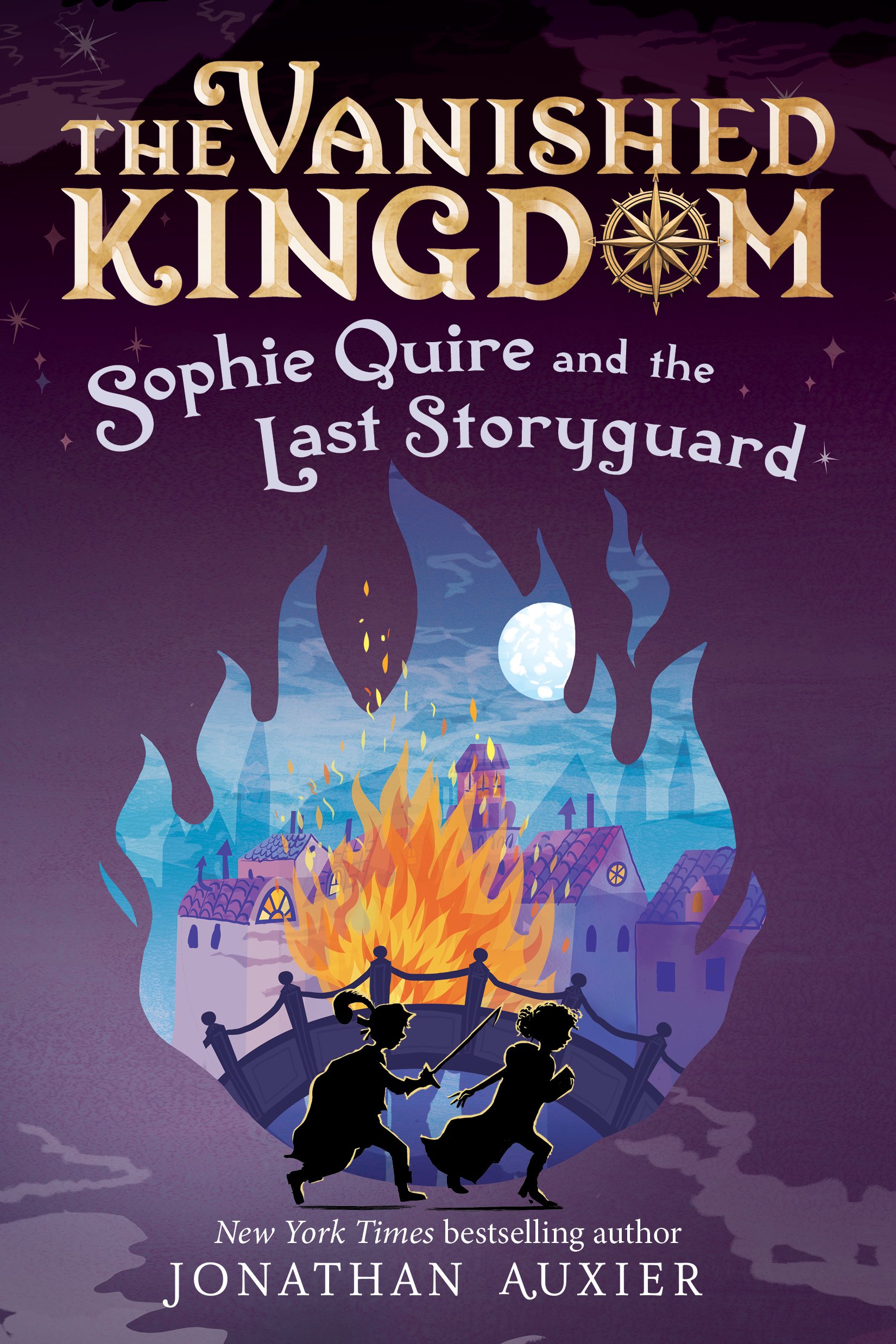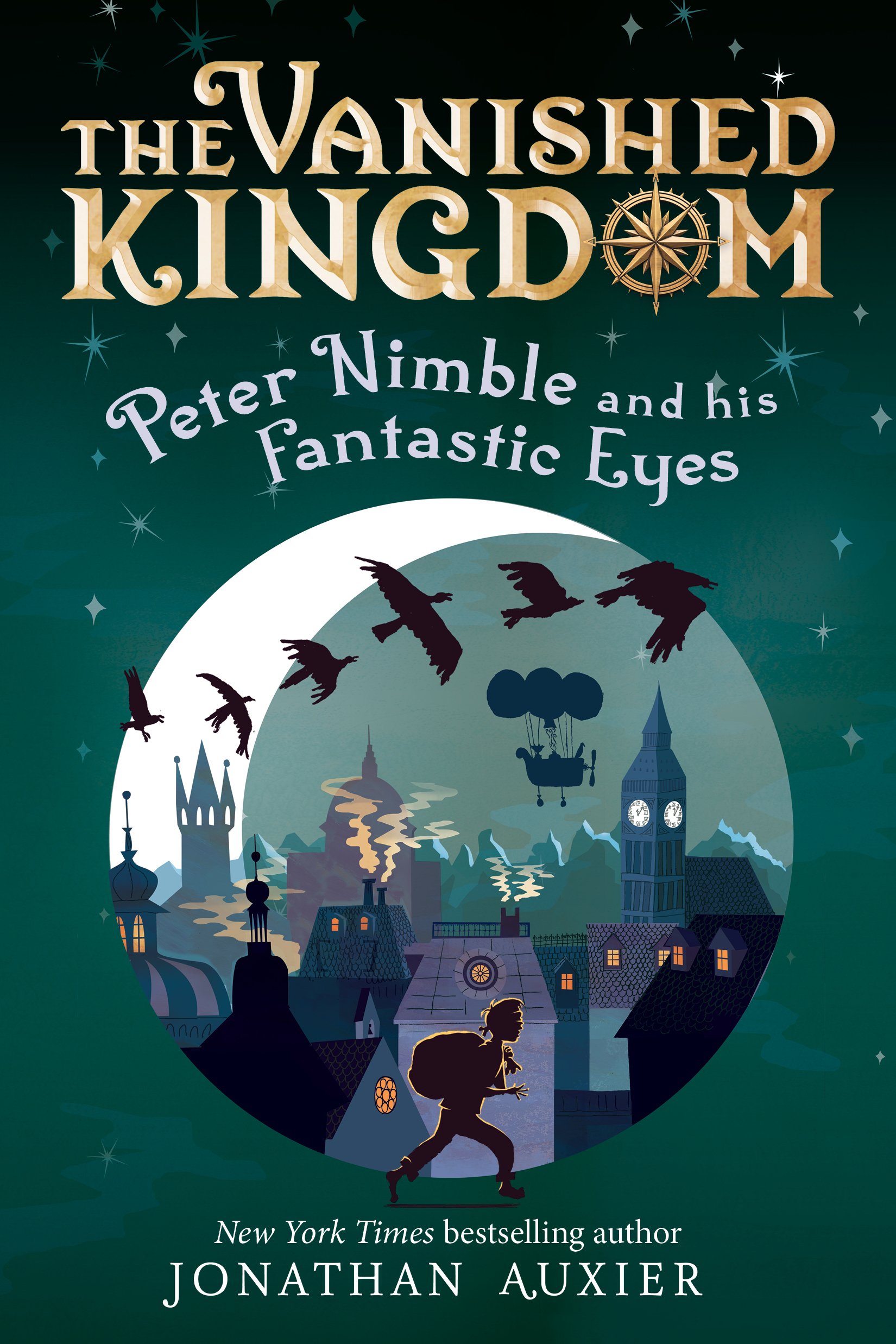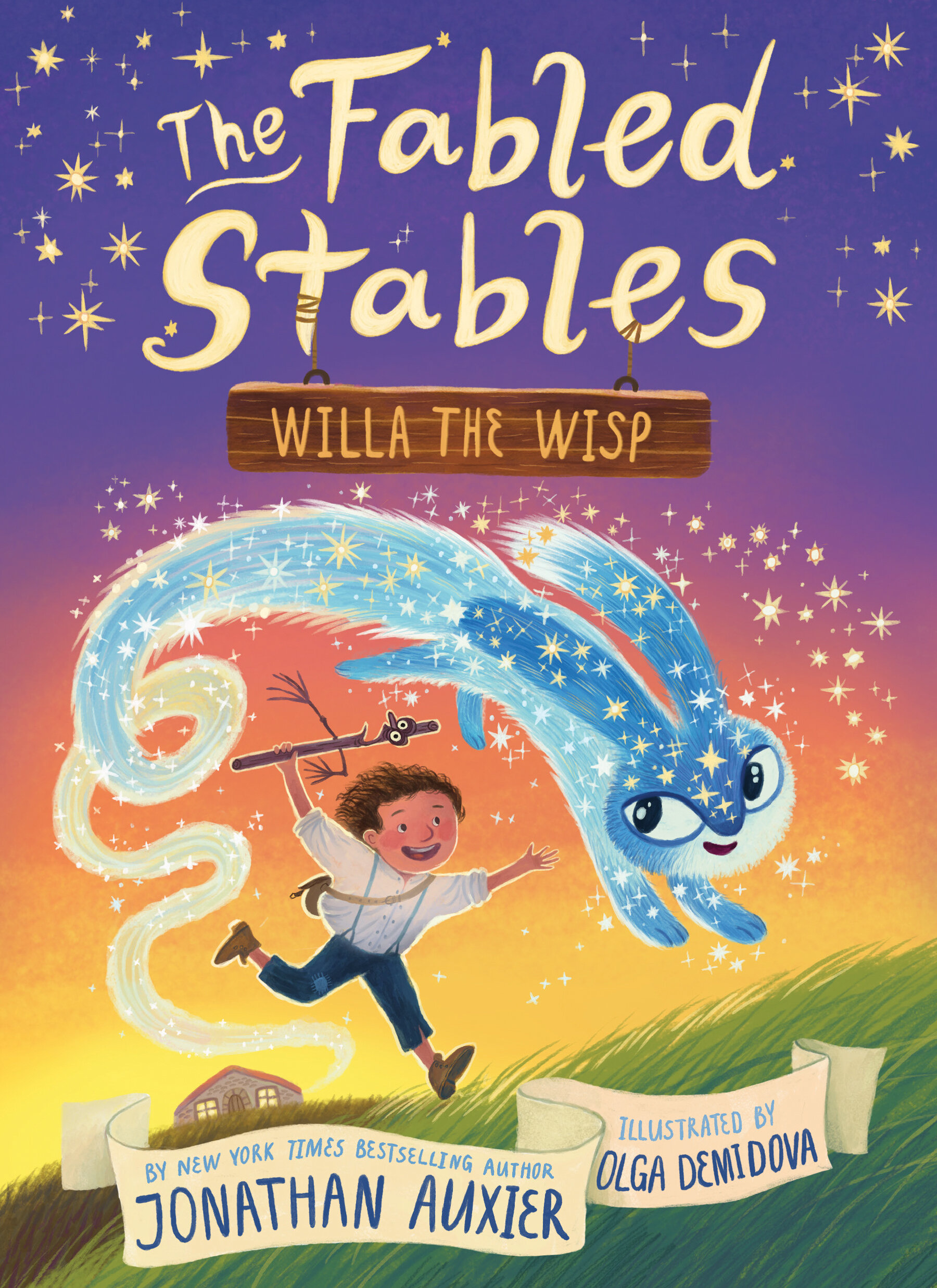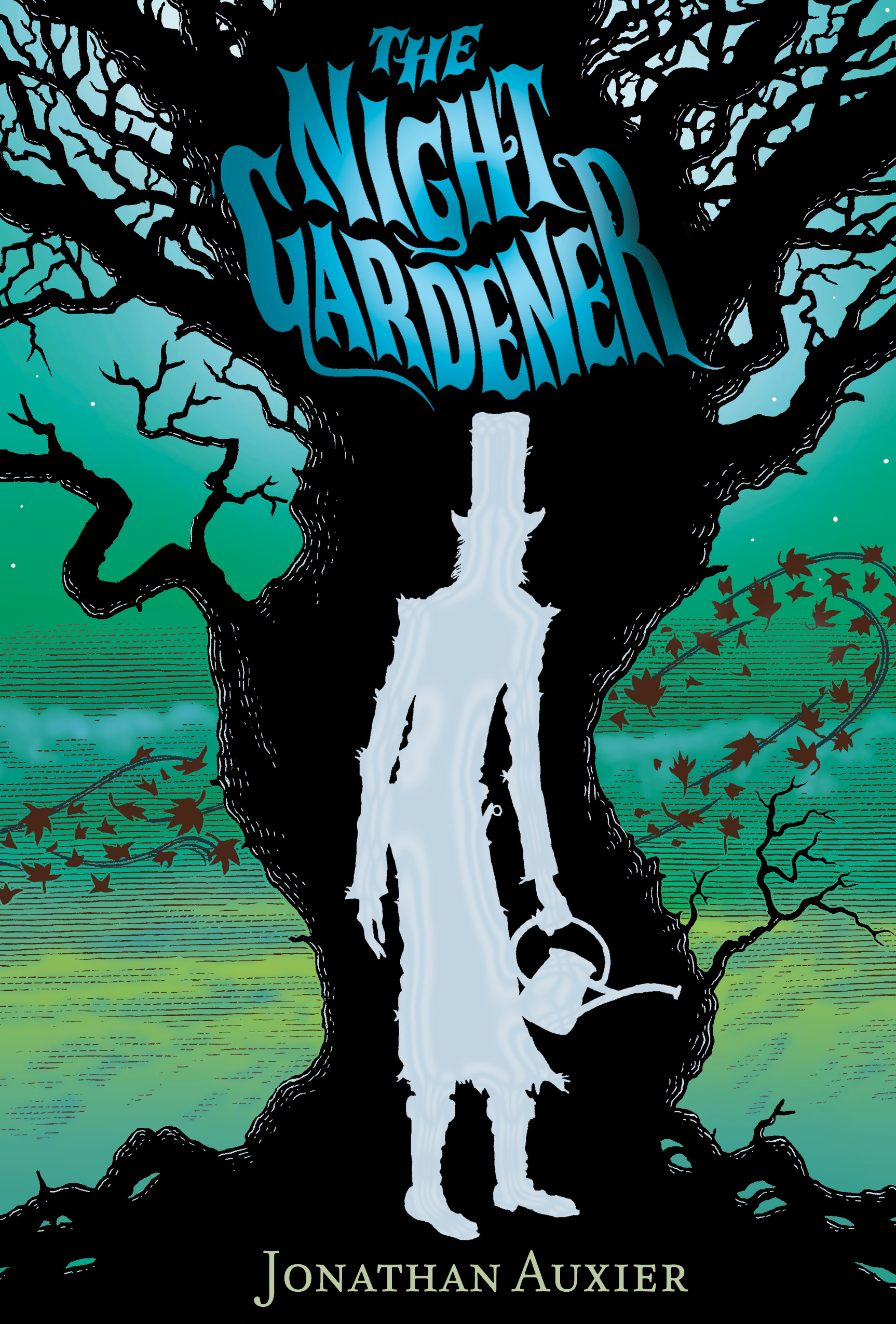Class Is in Session: Part Two
/Taking a break from so much drawing to share with you readers the second half of our syllabus list. For those new to the site, my wife Mary and I are currently co-teaching a children's literature course. A few months back, I posted the first half of the reading list, which took students up to the midterm. The books in the first half of the class were meant to give students a grounding in the basic idea behind children's literature -- where it came from and how it evolved into the genre we know and love today. For this second half of the class, we're broadening the scope to include some YA titles. Instead of listing the reading date for the class, I'll be listen when I plan to post on said book. Let's dive in!
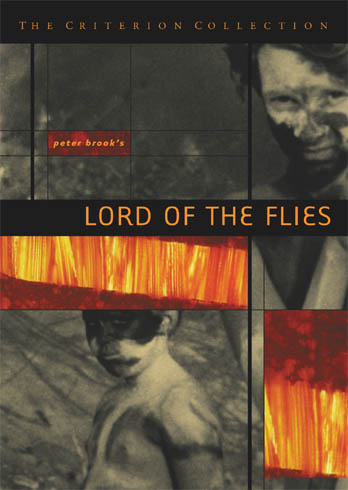 Lord of the Flies
by William Golding (1954)
Lord of the Flies
by William Golding (1954)
After subjecting our students to a fairly rigorous[1. I'm a big believer in the idea that we learn more from hard-won failure than from easy-won success. In fact, I'd say one of the primary functions of college is in creating a space where it is safe to fail. For that reason, I tend to make tests incredibly difficult and then grade on a curve.] midterm, we gave them a week to kick back and watch Peter Brook's 1963 very good movie adaptation of Lord of the Flies. I opted for the movie because (a) everyone with a high school diploma has already read this book[2. You doubt me on this? I defy you to Google "Lord of the Flies" and find one measly link that isn't a study guide or essay-for-sale. Can't be done.] and (b) we didn't have time. Still, it's an important book for this course because it acts as a bridge between The Coral Island and the next novel on our syllabus ...
* * *
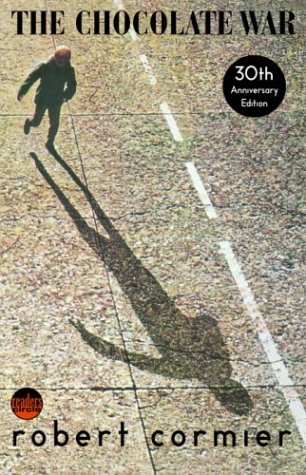 The Chocolate War
by Robert Cormier (1974)
The Chocolate War
by Robert Cormier (1974)
Cormier enjoys a place beside Judy Blume as one of the most challenged authors of All Time. Like Lord of the Flies, this book functions as a critique of the idea that communities of adolescent boys are anything short of monstrous. Unlike Golding, however, Cormier is kind enough to give readers a striking and memorable hero who stands out from the other -- the indomitable Jerry Renault.
Blog Post Date: April 7
* * *
Some of you may know that Roald Dahl is my very favorite children's author. And this was Dahl's very favorite book. That alone is excuse enough to include it on this reading list. Fortunately, Matilda also fits with our ongoing theme of child-communities. While this fantastical revenge story about a psychic bookworm is not nearly so grim as The Chocolate War, I do think the books are in conversation with each other -- Dahl's Crunchem Hall is every bit as dangerous and depraved as Robert Cormier's Trinity.
Blog Post Date: April 12
* * *
 So Many Picture Books!
by ???? (????)
So Many Picture Books!
by ???? (????)
For this class, Mary will be giving a lecture on the history of the picture book. All I have to do is sit back and marvel at how lovely she is. Students will also bring in their own picture books from home and discuss them in groups.
Blog Post Date: April 19
* * *
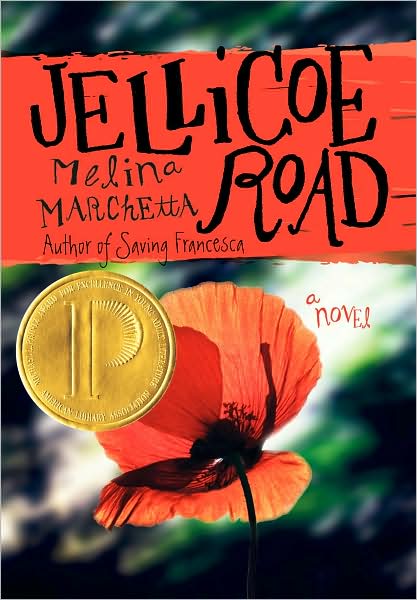 Jellicoe Road
by Melina Marchetta (2006)
Jellicoe Road
by Melina Marchetta (2006)
This book was first published in Australia in 2006. A few years later, the rest of the world picked it up and promptly freaked out. The story takes place in a sort of heightened world that is all but completely dominated by adolescents.[3. Every description I've read puts me in mind of Rian Johnson's movie Brick.] Mary had a colleague recommend Jellicoe last year; she read the book and promptly declared that she wanted to teach a course connecting Marchetta's novel to Peter Pan. Looks like she'll get her chance.
Blog Post Date: May 3
* * *
 Elijah of Buxton
by Christopher Paul Curtis (2007)
Elijah of Buxton
by Christopher Paul Curtis (2007)
Curtis is truly rare in his ability to make historical fiction both powerful and funny. Given our course's theme (communities in children's literature), Elijah was a natural choice. The story takes place in the real-life Canadian town of Buxton, which was an organized black settlement during the American Civil War. It follows an eleven year-old boy (Elijah) who ventures out of the safety of his community to help a friend. If you haven't read any of Curtis' excellent books, I advise you to use this as your excuse!
Blog Post Date: May 10
So that's it for the course! Read along if you can! Also, for those interested, below are some links to previous posts from the first half of the semester:
Little Goody Two-Shoes (published) by John Newbery
The Coral Island by R.M. Ballantyne
A Little Princess by Frances Hodgson Burnett
Peter Pan by J.M. Barrie (I actually devoted an entire week to this one book)
Winnie-the-Pooh and Charlotte's Web by A.A. Milne and E.B. White (respectively)



